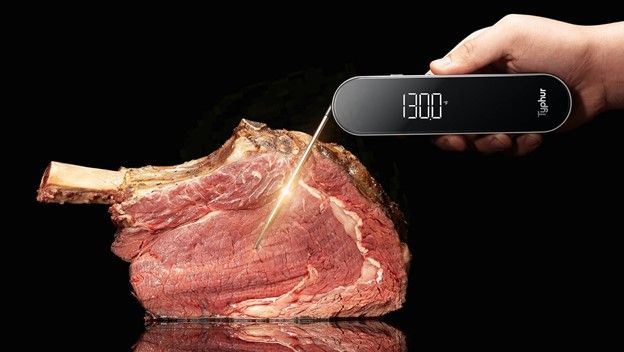
A medium-rare steak is a popular doneness level. When cooked to medium rare (around 130°F to 135°F), steak has that rich, pink center with a melt-in-your-mouth texture. The meat is still juicy, thanks to the internal fat, but not raw like rare or tough like well-done.
Achieving that ideal balance of a juicy, pink center with a flavorful, seared crust can be challenging, but it’s well worth the effort. The good news is that with the right techniques and tools, anyone can master this culinary art.
We’ll explore how to make a perfect medium-rare steak, the importance of temperature control, and how a reliable instant-read meat thermometer can be your best friend in the kitchen.
Medium-Rare Steak
Before diving into the cooking process, it’s essential to understand what medium-rare means. A medium-rare steak is cooked to an internal temperature of 130-135°F (54-57°C). At this temperature, the steak’s center is warm and pink, with a slightly firmer texture than a rare steak, which is cool and red in the middle. The outer portion of a medium-rare steak is browned and caramelized, thanks to the Maillard reaction—a chemical process that occurs when proteins and sugars in the meat are exposed to high heat.

The appeal of a medium-rare steak lies in its balance of flavors and textures. The seared crust provides a rich, savory flavor, while the tender, juicy interior offers a satisfying contrast. This doneness level also preserves more of the meat’s natural moisture, making each bite flavorful and succulent.
How to Make a Perfect Medium Rare Steak
- Choosing the Right Cut of Meat
The first step to cooking a perfect medium-rare steak is selecting the right cut of meat. While any cut can be cooked to medium-rare, certain cuts are particularly well-suited for this doneness level. Some of the best options include:
- Ribeye: Known for its marbling, ribeye steaks are rich and flavorful. The fat within the meat melts during cooking, adding to the steak’s juiciness.
- Filet Mignon: This tender cut from the beef tenderloin is lean and delicate, with a buttery texture that shines when cooked to medium-rare.
- New York Strip: This cut is slightly firmer than ribeye but still offers a good balance of flavor and tenderness.
- T-Bone or Porterhouse: These cuts combine a strip steak with a portion of tenderloin, giving you the best of both worlds in one steak.
When choosing your steak, look for cuts that are at least one inch thick. Thicker steaks are easier to cook to medium-rare without overcooking the exterior.
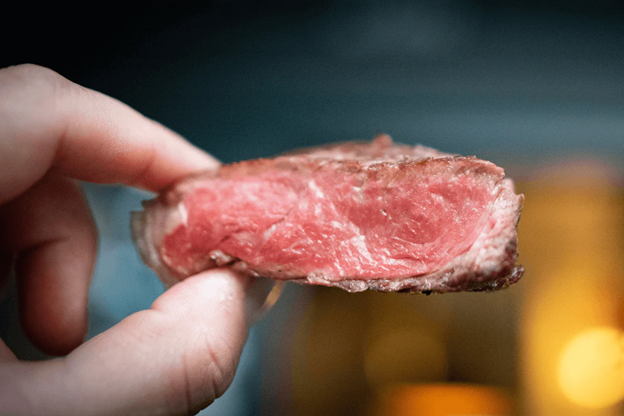
- Preparing the Steak
Once you’ve selected your steak, the next step is preparation. Proper seasoning and bringing the steak to room temperature are crucial for even cooking.
Seasoning: A simple seasoning of salt and pepper is often all that’s needed to enhance the natural flavors of the steak. Generously coat both sides of the steak with kosher salt and freshly ground black pepper. You can also add other seasonings like garlic powder, onion powder, or a sprig of fresh herbs if you prefer.
Bringing to Room Temperature: Before cooking, let the steak sit out at room temperature for about 30 minutes. This ensures that the steak cooks evenly, preventing the outside from overcooking while the inside remains undercooked.
- Pan Searing Steak
Cooking a steak to medium-rare involves two main steps: searing and finishing. These steps are critical for achieving that perfect balance between a crusty exterior and a tender, pink interior.
Searing: Start by heating a heavy skillet (cast iron is ideal) over high heat until it’s smoking hot. Add a small amount of high smoke point oil, such as canola or grapeseed oil, to the pan. Place the steak in the pan and sear it for 2-3 minutes on each side, or until a deep brown crust forms. Resist the urge to move the steak around; allowing it to sit undisturbed ensures a good sear.
Finishing: Insert the instant-read meat thermometer into the thickest part of the steak. Once it reaches 130°F to 135°F, remove it from heat and let it rest for a juicy, tender result.
| Note: An instant-read thermometer gives quick, on-the-spot readings, while a wireless meat thermometer continuously monitors the temperature remotely, providing alerts as the meat cooks. So, you can use both or choose one you like. |
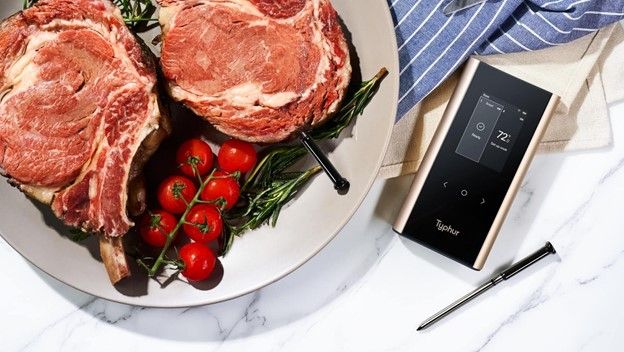
- Resting the Steak
One of the most important steps in cooking a perfect medium-rare steak is allowing it to rest after cooking. Resting lets the juices redistribute throughout the meat, ensuring every bite is moist and flavorful. Place the steak on a cutting board and cover it loosely with aluminum foil. Let it rest for at least 5 minutes before slicing. Skipping this step can result in a steak that is dry and less flavorful, as the juices will run out when you cut into it too soon.
Serving the Perfect Medium-Rare Steak
Once your steak has rested, it’s time to serve. Slice the steak against the grain to ensure each bite is tender. Pair it with your favorite side dishes, such as roasted vegetables, mashed potatoes, or a fresh salad, and enjoy the fruits of your labor.
The perfect medium-rare steak is a culinary delight, offering a combination of rich flavor, juicy texture, and visual appeal that’s hard to beat. With careful attention to temperature, proper seasoning, and the use of a wireless meat thermometer, you can consistently achieve restaurant-quality results in your own kitchen.
Conclusion
Cooking a perfect medium-rare steak is both an art and a science. It requires selecting the right cut, seasoning it properly, searing it to perfection, and carefully monitoring its internal temperature. By using a wireless meat thermometer, you can ensure that your steak reaches the ideal medium-rare doneness, making your cooking process easier and more precise. Whether you’re an experienced cook or a beginner in the kitchen, mastering the medium-rare steak is a rewarding endeavor that will impress your guests and satisfy your taste buds every time.


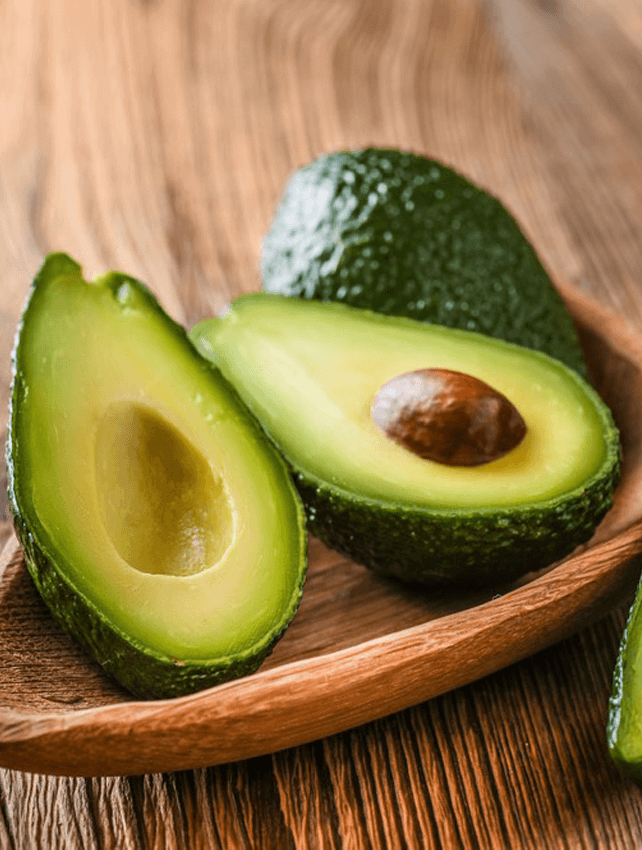




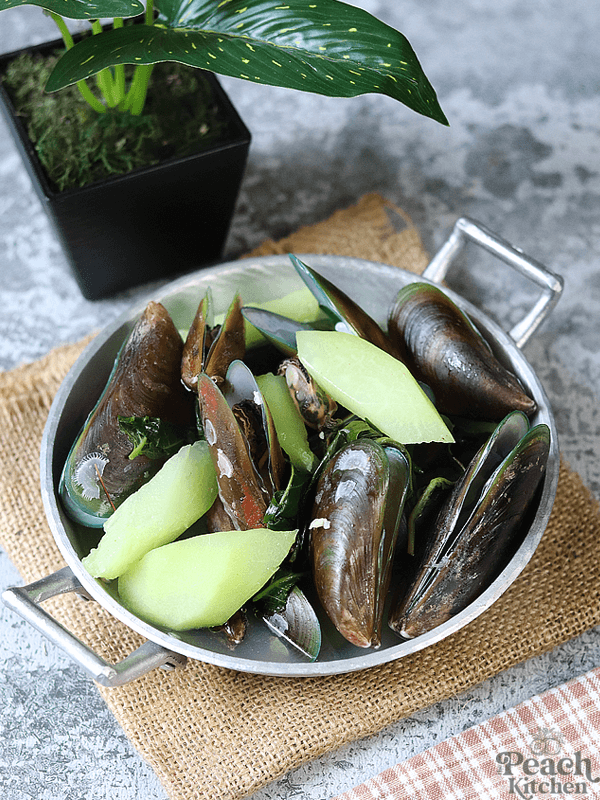
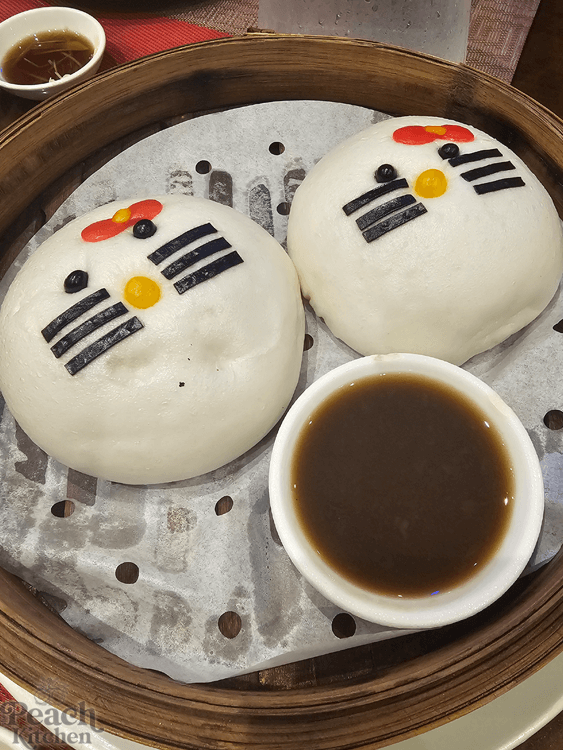


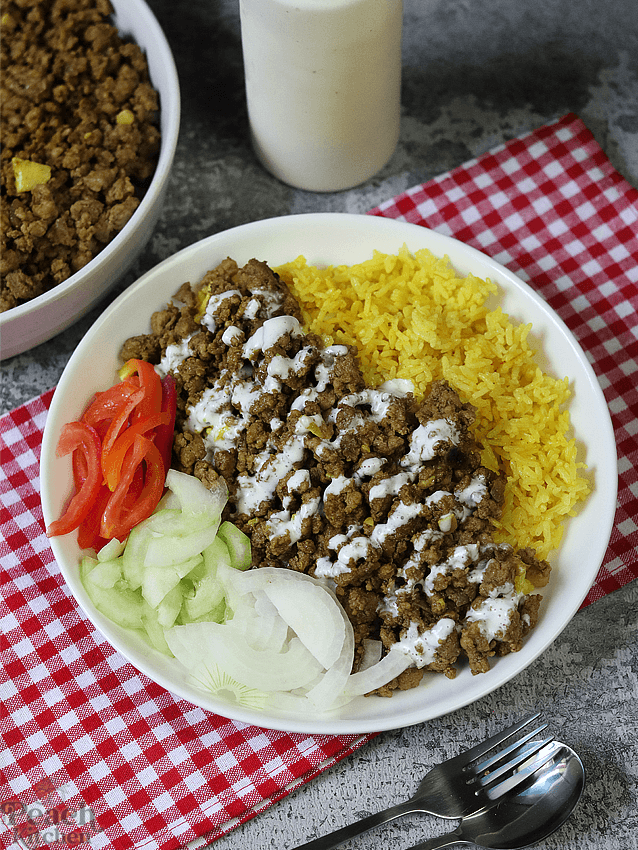

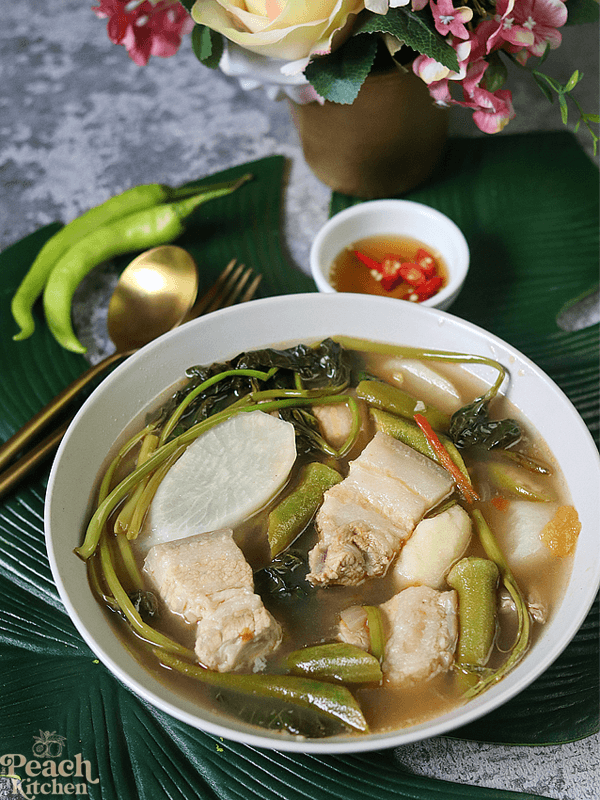
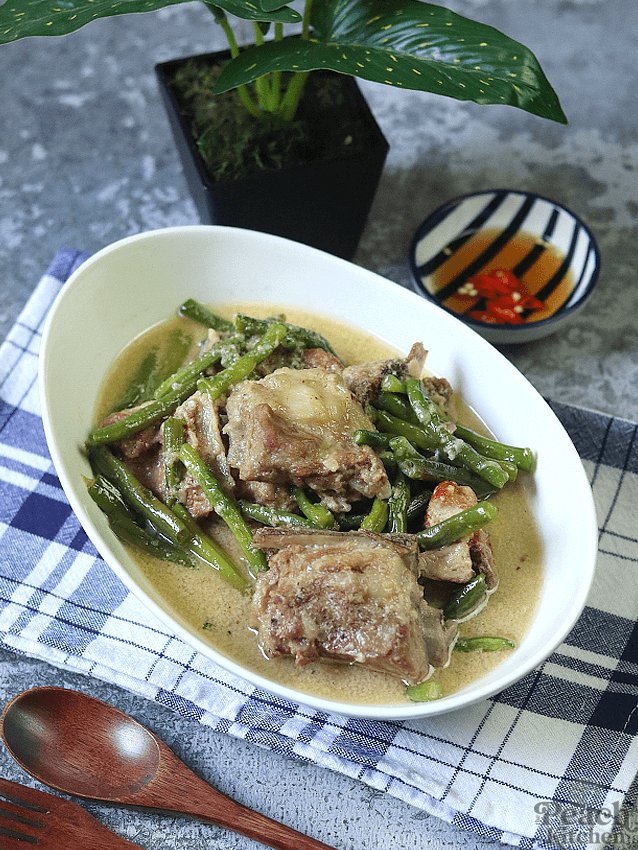

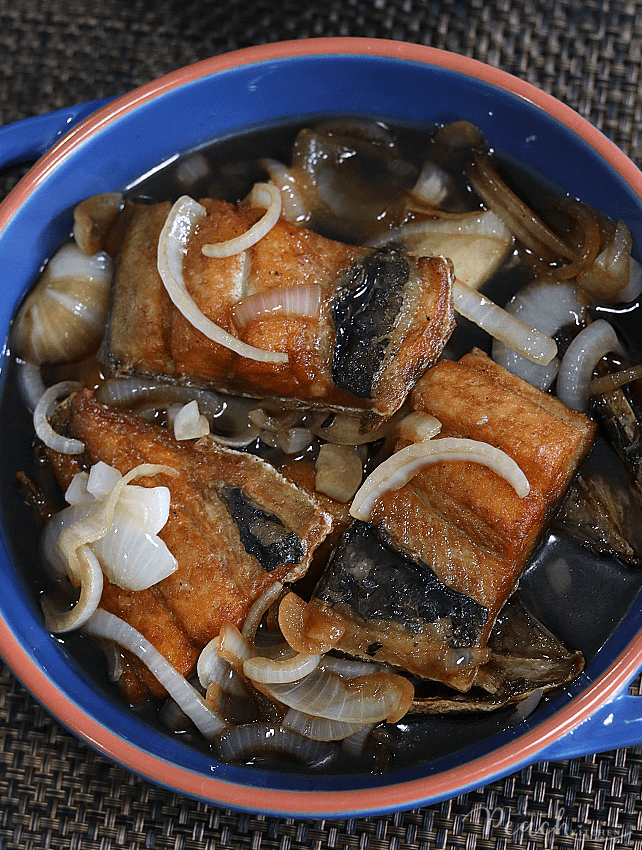







One Response
Hey Peachy! This steak looks so tasty. Will definitely try this one, thank you for the recipe.